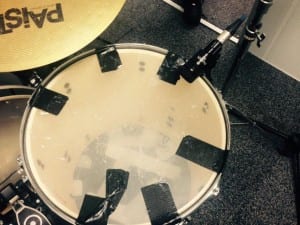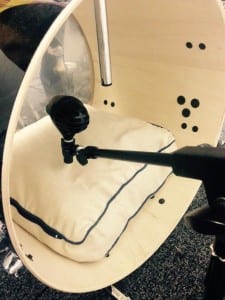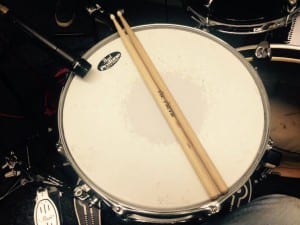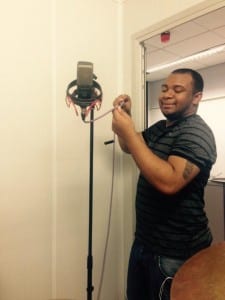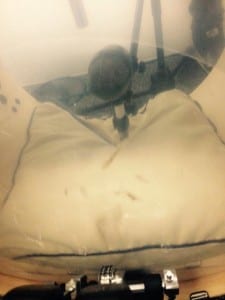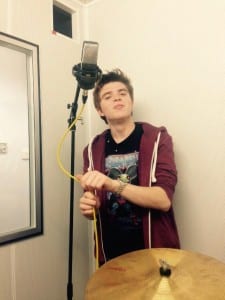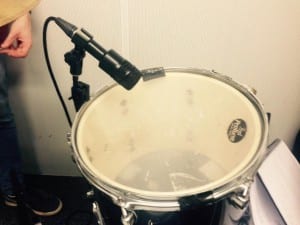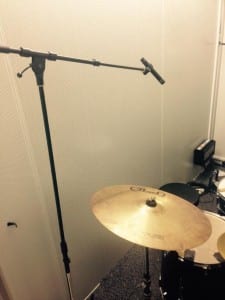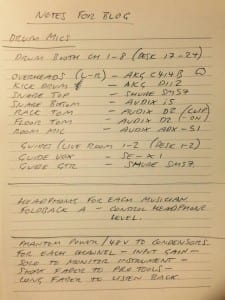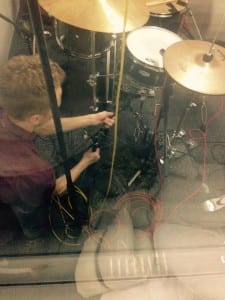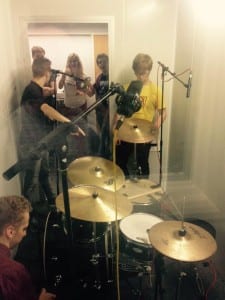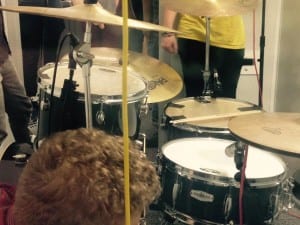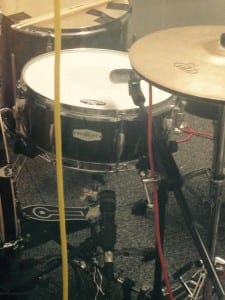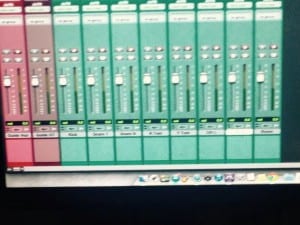This week we recorded Bass. We decided that it would be best to DI the bass straight into the desk, As well as using a microphone signal through the bass amp, We used a D112 microphone, which is a dynamic microphone that is designed to pick up lower frequencies at a higher quality, and also try an AKG414, these mics are usually better for vocals but we hoped that the extra clarity would help to give the bass a more clearly defined sound. We used the DI input to pick up the pure output of the guitar and the picking noises, this is great for blending in while mixing the bass in the finished track.
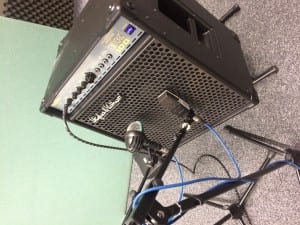
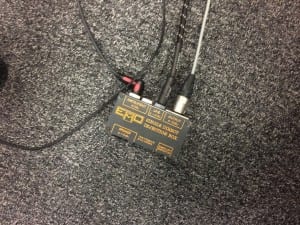 Once we had everything set up, correct levels, and headphone mix, we found out the guitars intonation was out far enough that it was noticeable, to counteract this we detuned the bass slightly to make sure when the frets were pushed down they were in tune. After this was amended we went for a take, everything went well excepted the ending was cut short. To rectify this we went for a preroll record, this is basically where the track gives you a 4 bar count in with the rest of the music playing, so you can just jump straight in when the recording starts and it blends in nicely. After a few attempts we got a take that worked well and stayed in time, so we were able to crossfade the track and to make it sound more polished.
Once we had everything set up, correct levels, and headphone mix, we found out the guitars intonation was out far enough that it was noticeable, to counteract this we detuned the bass slightly to make sure when the frets were pushed down they were in tune. After this was amended we went for a take, everything went well excepted the ending was cut short. To rectify this we went for a preroll record, this is basically where the track gives you a 4 bar count in with the rest of the music playing, so you can just jump straight in when the recording starts and it blends in nicely. After a few attempts we got a take that worked well and stayed in time, so we were able to crossfade the track and to make it sound more polished.
